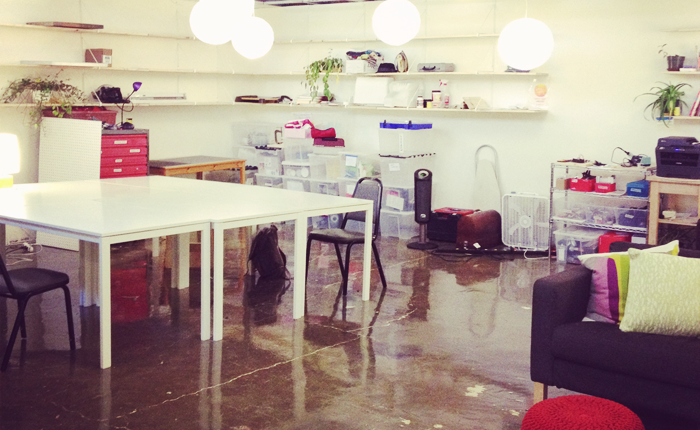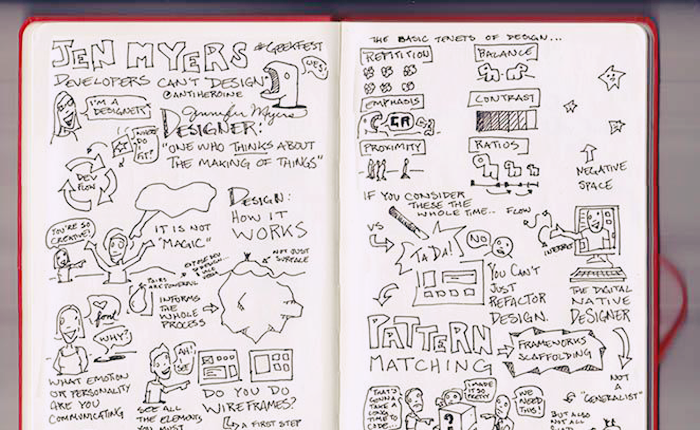Form
the Week of February 3, 2014

Welcome to our second issue, Form. In this issue, we interview the Level Playing Field Institute, look at the world of zine-making, explore online gentrification, discuss the politics of digitization and examine interactive art as a methodology of challenging cultural beliefs. We cover hardware hacking and the rise of feminist hackerspaces, Google Glass, hackathons for social change and several works at the intersection of tech and art.









